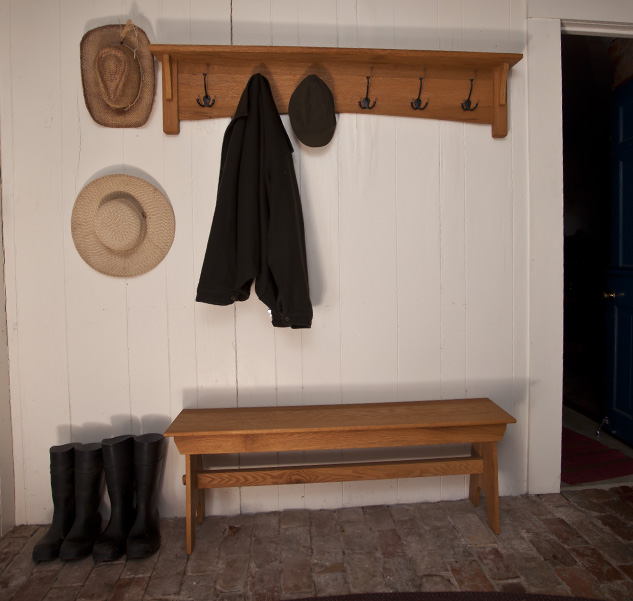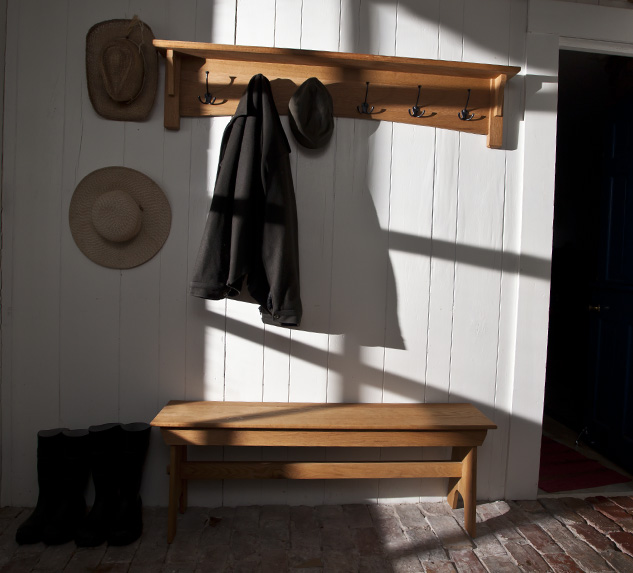 Yesterday afternoon, local pilot Bob Breunig took Julie Buckles and I up over Chequamegon Bay to get some photos of the sediment cloud coming from Fish Creek in the wake of last week's epic storms. The photos are going to be used to promote restoration projects along the Fish Creek basin to prevent future erosion of this kind. Great cause, and I always love getting up in a plane. Thanks for a great flight, Bob.
Yesterday afternoon, local pilot Bob Breunig took Julie Buckles and I up over Chequamegon Bay to get some photos of the sediment cloud coming from Fish Creek in the wake of last week's epic storms. The photos are going to be used to promote restoration projects along the Fish Creek basin to prevent future erosion of this kind. Great cause, and I always love getting up in a plane. Thanks for a great flight, Bob.


Several times in the last few years people have come to me out of the blue (pun not originally intended, but now I sort of like it) and asked if I want to shoot photos of something from an airplane. Does a platypus lay eggs? And just in case you don't know the answer to that question, it's "Hells Yeah!" I wish I could say that these aerial shoots are carefully planned, that I make them happen by working through my extensive network of contacts to arrange an airplane and pilot and all that, but that would be...well, pretty much flat out lying. To be honest, these chances just keep sort of falling in my lap. I love my job.

That said, I've had enough random cracks at it to figure out a few things that I do every time that seem to be good advice for airborne imagery. So here we go, the Hired Lens Photography Guide to Not Royally Failing at Aerial Photography:
1.) Ask if you can take the door off. Crazy, right? But some small planes and helicopters that don't have pressurized cabins can fly without a door on the side where you intend to be shooting. Nothing messes with a photo like shooting through a dirty, hazy or glared window. Best solution get the window out of the way. Obviously, this isn't possible on all planes and not all pilots want to do it. There are still some tricks to shooting through glass that can make for a better photo (yesterday, I was shooting through a window and you can see some reflections from the glass, but I was able to minimize them and get them into areas of the photo that don't matter, watch for a blog about how to do this in the next week or so). If you can take the door off, be prepared for the fact that this will make take-off and landing a little scarier as you watch the run way whizzing past next to you. Also be aware that communication in the air will be much harder due to the noise, even with the airplane headsets on. It's not a bad idea to come up with a few basic hand signals to alert the pilot when you want them to turn, when you want to make another pass over something, and when you're done shooting.
2.) Ask if the windows are polarized. Normally, I use a polarizing filter just about any time I'm shooting outside. But if the plane has polarized windows (which some do), and the answer to the above question is no, you'll have to take your filter off. Two polarized surfaces in combination create a trippy mess of colored lines and waves to rival any Pink Floyd laser-light show. Unless your project is a visual ode to Timothy Leary you're going to want to remove the polarizer.
3.) Pack an obscene amount of film. And by film, I mean memory cards. And by pack, I mean make sure that when you take your seat in the plane you can easily switch them without digging through a bag that will be strapped in a seat just out of arms reach behind you. Particularly in helicopters and especially when the door is off/open, everything in the aircraft needs to be secured to keep it from exiting through afore mentioned open door or bashing around in the cabin. This means that if you fill a card and your extras are out of reach, you're done shooting (insert sad trombone sound here). A card case in a shirt pocket is a good way to avoid this problem. I use one made by Pelican, the eyelet on top makes it pretty easy to teather to some other part of yourself to prevent unintentional ejection and its big enough to not be fumbly.
4.) Use a wide lens. Tips four and five sort of go hand in hand. The real key here is to limit the impact of camera vibration as much as possible. The longer the lens, the more even minute camera shake will appear in the images. A wide lens will be able to create sharper images even while moving fast and shaking quite a bit which small planes do.
5.) Choose what seems like a ridiculously high shutter speed, then go two stops faster. Besides focal length the other major factor for reducing the evidence of motion in the camera is shutter speed. Choose a shutter speed that should freeze the motion your experiencing and then over shoot it by a couple stops just to be safe. It's a real shame to get back on the ground and find out that your images were almost sharp. Almost...
6.) Eat lunch after the flight. A few years ago, I got to the airport and the first thing the pilot asked me was "how strong of a stomach do you think you have?" Great question. I've flown a lot and done a lot of stupid things on my own that have given me a pretty iron clad stomach, but I have to admit that on one particularly rough flight in Northern Minnesota I came way closer to booting in my camera bag than I ever expected. The flight patterns that make great aerial images easier are not always conventional and looking through the viewfinder the whole time doesn't help. If you do have a weak stomach consider one of two options: stay out of aerial photography all together or plan ahead. Pretty much any pilot would greatly prefer that you pull a plastic bag from your pocket instead of redecorating their instrument cluster.
And there you have it. Now get out there and try not to hurt anyone.



















































